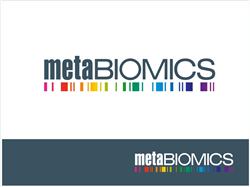
Welcome to Mbac
The MicroBiome Analysis Center (MBAC) resides within the Department of Environmental Science and Policy at George Mason University and supports collaborative research in the fields of Molecular Ecology, Microbial Ecology, Molecular Evolution, and Genomics. One of the major focuses of the MBAC is research into dysbiosis of the microbial communities (microbiomes) that resides in the human gut, mouth, urogenital, and respiratory tracts and model the homeostatic interactions between microbiome function and human derived gene expression.
We define these functions and interactions as the Metabiome and this represents an example where biological data and computational tools are brought together in the multidisciplinary field called Systems Biology.
Facility
The MBAC at GMU has been focusing on basic research in microbial ecology, polymicrobial diseases, and other Molecular Ecology applications. They have established the technology for characterizing microbial communities and the bioinformatics support for analyzing the data. The center draws expertise from the departments of Environmental Science and Policy (ESP), the department of Bioinformatics and Computational Biology (BCB), the Department of Chemistry and Biochemister, and the Computer Science Department.
The MBAC facility includes over 2,000 square feet of state of the art DNA research and teaching labs, with generous prep areas, and a 100-seat auditorium equipped for Internet connection and A/V equipment for distance learning classes. A major theme in the wet lab teaching facilities is the close connection between laboratory science and computational methods. All biology labs are wired for Internet connection and some labs are equipped with bench top computers, permitting immediate access to bioinformatics analysis software as part of their laboratory training. The Center has a Full time Lab Manager who oversees the logistics of the projects at GMU.
The MBAC has a complete state of the art molecular biology resource with BL2 hoods, a separate PCR room, a ABI 3130xl, a Roche GS Junior, and high end computational facilities. A wide array of bioinformatics software is accessible through networked computers within the DNA research labs.


